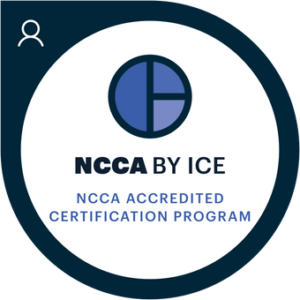
Becoming a CWSP® will help you:
Examples: Physicians and podiatrists.

The National Commission for Certifying Agencies (NCCA) granted accreditation to the American Board of Wound Management Certified Wound Specialist Physician® (CWSP®) for demonstrating compliance with the NCCA Standards for the Accreditation of Certification Programs. NCCA is the accrediting body of the Institute for Credentialing Excellence (formerly the National Organization for Competency Assurance). The NCCA Standards were created in 1977 and updated in 2003 to ensure certification programs adhere to modern standards of practice for the certification industry. The American Board of Wound Management joins an elite group of more than 130 organizations representing over 315 programs that have received and maintained NCCA accreditation.
Learn MoreIn compliance with National Accrediting Standards, the ABWM does not provide review materials for the Certification Examination. It is the responsibility of the candidate to prepare by any means they feel are appropriate. The link below provides resources previous candidates have used to prepare for the certification exam.
View the outline below by expanding the list. You may view the results of the National Job Task Analysis Study of the CWCA®, CWS®, and CWSP® here.
In addition to classifying by topic (above) items will be classified by task. Tasks that are eligible for assessment include:
Find the answers you need in our list of frequently asked questions for the CWCA®, CWS®, and CWSP®.
View FAQ's